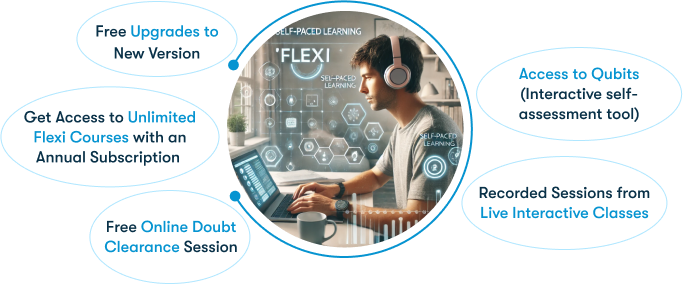We're open through the holidays to support your upskilling goals — book your session today!
We're open through the holidays to support your upskilling goals — book your session today!
Unable to find what you're searching for?
We're here to help you find itYou will get instant access via an email with login details to our LMS (LET - Learning Enhancement Tool) to access Flexi.

Purchase This Course
Purchase This Course
USD 199 +
♱ Excluding VAT/GST
USD 999 +
♱ GST @18% Applicable
100% Refund for Flexi Video (E-coursebook is non-refundable) if user is not satisfied with the Video and seeks refund within 7 days of purchase.
The annual subscription does not cover videos that are mandatorily bundled with courseware and labs.
To ensure the privacy of our clients, we use pseudonyms
I have watched all the videos and I am very much satisfied with the content and presentation.
The training was absolutely superb and I genuinely enjoyed each and every session of it. The content was extremely informative and incredibly useful. I have attended several pieces of training before but I can't recall any of them having such a strong impact. You have done a wonderful job and I appreciate your efforts.
Yes the materials are really helpful and will definitely come back to you for more.
I have watched about 95% of the recordings, it worked well for me. I will likely schedule more flexi classes once I have completed the test on this first one.
Yes i was able to complete the course. It was helpful. Thanks for all your support!
Hi Steve - It went well. That Flexi was great.
I was quite satisfied and got all to know what I need to. So all well done. Thanks
Overall I had a great experience and definitely coming back right after I finish the exam. I am thinking of taking Dev-Ope Leader course. Thank you for your support
CompTIA Network+ (N10-007)
CompTIA Network+ (N10-007)
Flexi Demo Video